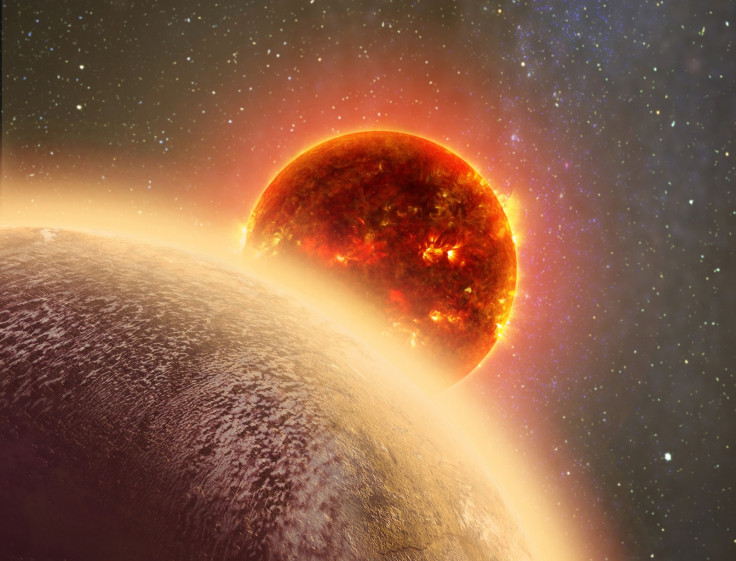Venus-like planet may have oxygen atmosphere, a first for a rocky planet outside our solar system
The study may have implications for understanding how planets like Venus evolved.

Last year scientists were intrigued by the discovery of a planet, GJ 1132B, located 39 light-years which potentially had an atmosphere, despite baking in temperatures of around 230 degrees Celsius.
New research conducted by Harvard astronomer Laura Schaefer and her team, and published in The Astrophysical Journal, suggests that the planet may have a thin wispy atmosphere, which could contain oxygen.
The astronomers developed a computer model to work out what would happen to GJ 1132b over time if it had had a steamy, water-rich atmosphere in its earlier history.
Because the planet orbits so close to its star, which lies 'just' 1.4 million miles away, it receives plentiful amounts of UV light which would break apart any water molecules into its component elements – oxygen and hydrogen – which could then float away into space. In this situation, because hydrogen is lighter it would likely escape the planet fairly easily, while some of the oxygen may remain.
"On cooler planets, oxygen could be a sign of alien life and habitability. But on a hot planet like GJ 1132b, it's a sign of the exact opposite - a planet that's being baked and sterilised," said Schaefer.
Water vapour is a greenhouse gas meaning it traps heat. According to the model, water in the atmosphere, combined with its proximity to the star, means there is a possibility that the planet's surface could be molten, and that it could stay that way for millions of years.
In the model, a "magma ocean" would absorb about one-tenth of the oxygen in the atmosphere leaving the other 90% to escape into space or to linger around the planet.
"This planet might be the first time we detect oxygen on a rocky planet outside the solar system," said Robin Wordsworth, co-author of the study.
If there is still oxygen surrounding GJ 1132b, next-generation telescopes like the Giant Magellan Telescope and James Webb Space Telescope may be able to detect and analyse it.
The models of the interaction between the magma ocean and the atmosphere could help shed light on how Venus evolved over time. Venus, like Earth, probably began its life with plentiful amounts of water on its surface which would have been broken apart by sunlight, however, it shows little sign of lingering oxygen, a puzzle which continues to irk astronomers.
Schaefer thinks that the model will prove useful when analysing other similar exoplanets.
© Copyright IBTimes 2025. All rights reserved.





















